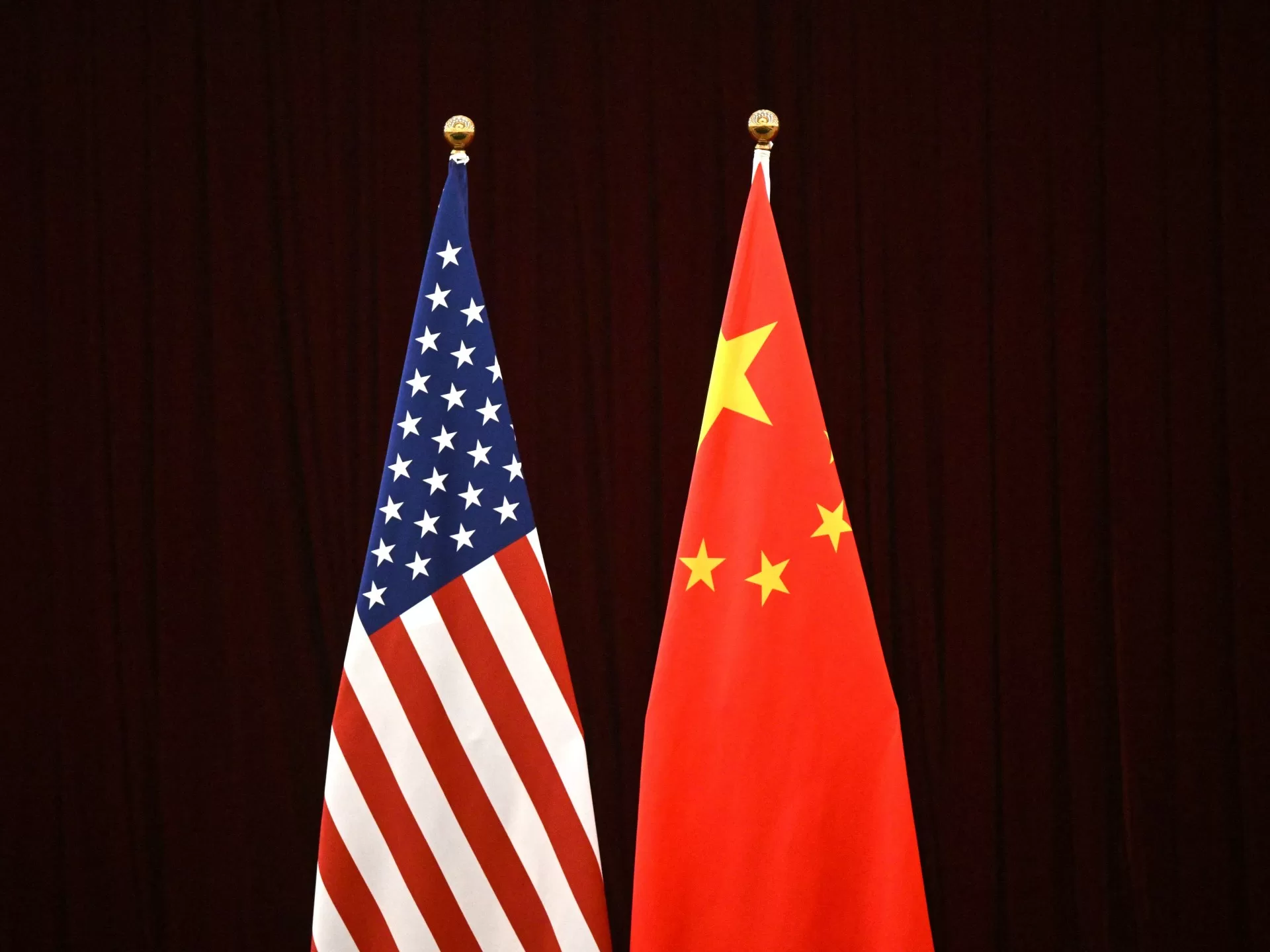Lloyd Austin and Dong Jun talk South China Sea, Taiwan, North Korea and Ukraine in wide-ranging discussion.
The two spoke via videoconference on Tuesday, the Pentagon said in a statement.
It said Austin “underscored the importance of respect for high seas freedom of navigation guaranteed under international law, especially in the South China Sea”.
An escalating diplomatic dispute and recent incidents between China and the Philippines, a US treaty ally, at a disputed shoal have turned the strategically significant South China Sea into a potential flashpoint between Washington and Beijing.
China claims the sea almost in its entirety while Brunei, Malaysia, the Philippines and Vietnam claim the areas around their coasts.
An international court ruled in 2016 that China’s nine-dash line, on which Beijing bases its claim, was without merit.
“The US side should recognise China’s firm position, respect China’s territorial sovereignty and maritime rights and interests in the South China Sea, and take practical actions to safeguard regional peace,” Dong was quoted as saying in a statement by China’s Ministry of Defence.
He also warned the US over the democratic island of Taiwan, which Beijing claims as its own, emphasising it was the “core of China’s core interests”.
Austin’s last significant interaction with China’s defence minister was in November 2022 when he met Wei Fenghe in Cambodia.
Wei was subsequently replaced by Li Shangfu, who shook hands and spoke briefly with Austin at a security conference in Singapore last June, but steered clear of a formal meeting. Li, who was under US sanctions, disappeared from view shortly afterwards and was fired in October. Dong was appointed in December.
Ways to ‘get along’
The US and China have been working to improve a relationship that had become increasingly acrimonious over issues from Taiwan to the South China Sea, as well as trade and human rights.
US President Joe Biden met Chinese President Xi Jinping in California last November where they agreed to stabilise the relationship and resume military ties which had been frozen as a result of then-US House of Representatives Speaker Nancy Pelosi’s visit to Taiwan.
The US’s top military general later held discussions with his Chinese counterpart and this month, US and Chinese military officials met in Hawaii to discuss ways the two countries could operate safely.
China and the US should explore ways to “get along” and “gradually accumulate mutual trust” by building a “non-conflict, non-confrontation”, pragmatic and cooperative relationship between their militaries, Dong was quoted as saying on his call with Austin.
“The military sphere is the key… to stabilising the development of the relationship and preventing major crises from occurring,” he said.
Austin also stressed the need to maintain open lines of communication to reduce the risk of potential flare-ups or deal with any accidents.
“Secretary Austin emphasized the importance of continuing to open lines of military-to-military communication between the United States and the PRC,” the Pentagon said, using an acronym for the People’s Republic of China.
The Pentagon said the two men also discussed issues including Russia’s war in Ukraine and North Korea.
